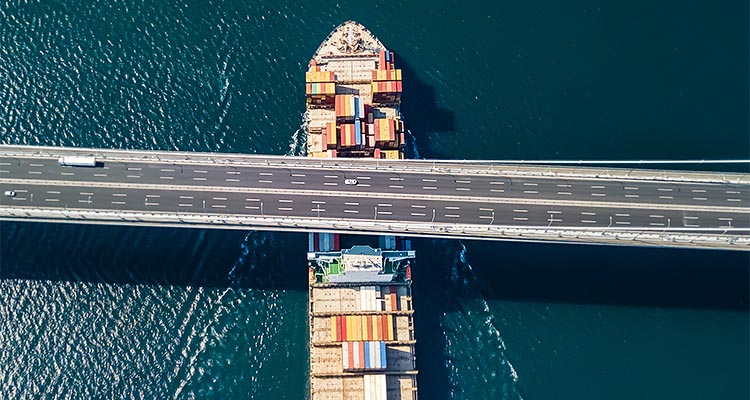Two new marine highway routes to be designated for M-11 and M-79
M-11 in Alaska will add over 6,500 miles to the marine highway system, while the M-79 route extends the reach of the Ohio River system by nearly 250 miles
US Transportation Secretary Pete Buttigieg announced the designation of two new Marine Highway routes, as part of the United States Marine Highway Program (MHP).
The newly designated M-11 and the M-79 routes will help speed up the movement of goods, strengthen supply chains, and support local economies in Alaska, Pennsylvania and West Virginia.
The MHP, a network of navigable waterways, capable of transporting freight, located in the US or its territories, aims to increase the use of America’s navigable waterways to relieve landside congestion, provide new and efficient transport options, and improve the productivity of the surface transportation system. By working closely with public and private organizations, the MHP helps create and sustain American jobs in ports, shipyards, and aboard vessels while also improving the nation’s supply chains.
“America’s marine highways are vital links in our supply chains, helping to move goods quickly, cleanly, and efficiently,” said Pete Buttigieg. “By expanding our marine highway system, we can strengthen our supply chains, improve port operations, and help keep goods affordable for American families.”
The Maritime Administrator, Ann Phillips also added, “Our nation’s marine highway routes are navigable waterways capable of moving significant quantities of freight at lower costs than other means of transportation. Since its inception in 2010, the MHP has designated 31 marine highway routes.”
The Alaska Department of Transportation and Public Facilities is the sponsor of the M-11 route. This expansive waterway will add over 6,500 miles to the marine highway system with the inclusion of the coastal and river ports in southwestern and northern Alaska from the Aleutian Islands to the Canadian border.
The waterways of the Bering Sea, Bristol Bay, the Arctic Ocean, and the Yukon-Kuskokwim River Delta have been waterborne transportation hubs for centuries.
Water under the bridge
Many communities in this area depend on a system of ports, rivers, barge landings, and airports for the movement of goods and passengers. The M-11 Route will enhance transportation in these communities and will provide a greater range of waterborne transportation choices.
The M-79 route designation, on the other hand, is co-sponsored by the Port of Pittsburgh and the Morgantown Monongalia Metropolitan Planning Organization. The M-79 route extends the reach of the Ohio River system by nearly 250 miles, adding the easternmost tributary rivers.
Local business interests in the region, including river terminals and operators, are looking to waterborne transportation as a reliable and cost-effective alternative to other forms of surface transportation.
The M-79 will serve as an incentive for increased operations, infrastructure investments, and freight movement, especially for new commodities that will move on the water in the future.
